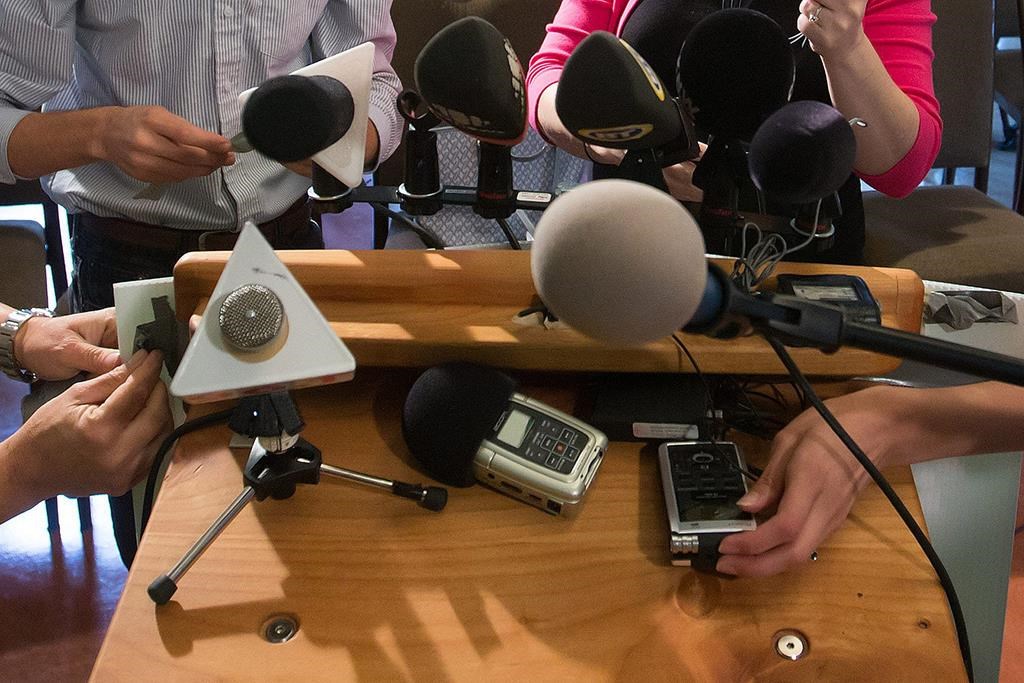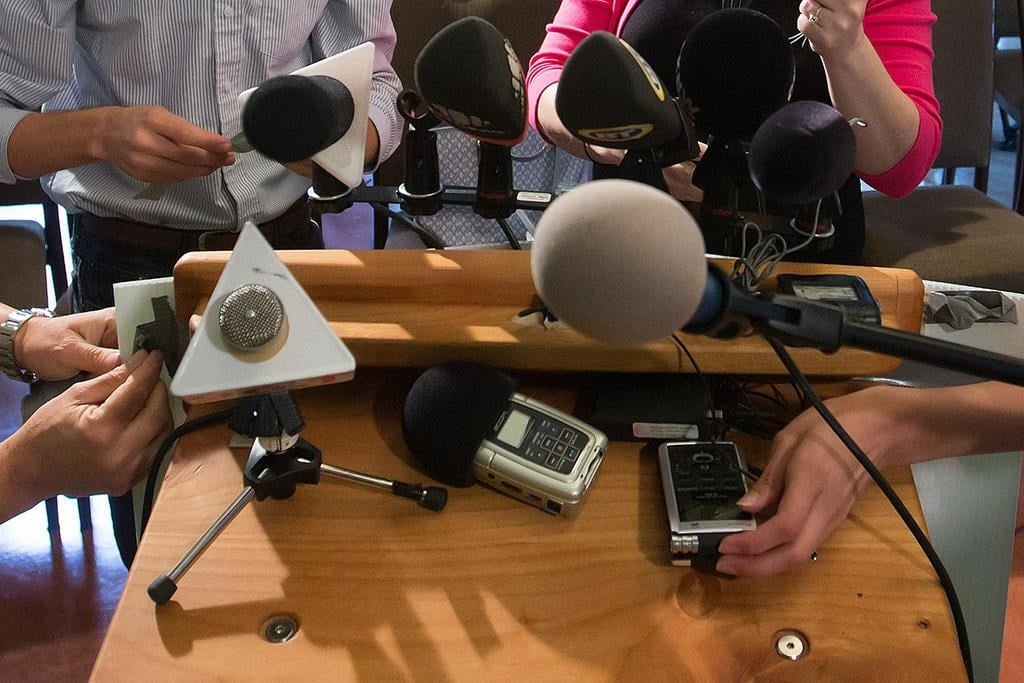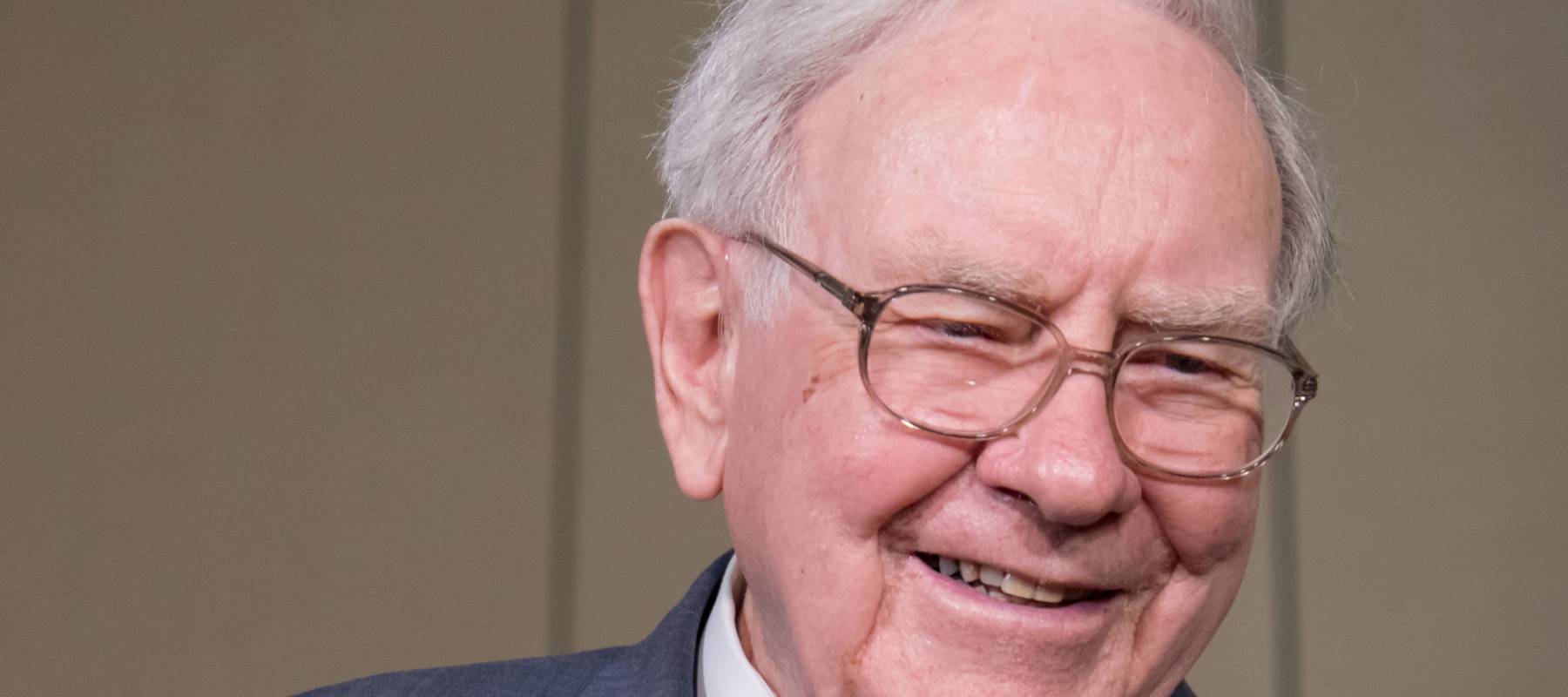
A guide to retirement savings plans in Canada
simez78 / Shutterstock
There's no one retirement savings plan in Canada that will 100% fund your retirement. But if you tap into RRSPs, TFSAs, the Canada Pension Plan, and Old Age Security, your nest egg should be big enough to sustain your golden years.
When novice investors start thinking about the future, one of the first questions they ask is: what is the best retirement plan in Canada? Unfortunately, there’s no single plan in Canada that will fully fund your retirement years, but there are plenty of options available to you. When you combine all of these elements together, you end up with multiple streams of income, which will (hopefully) provide you with enough money to fund your lifestyle during your retirement years.
The thought of different retirement plans may seem intimidating, but as you’ll quickly find out, things can be surprisingly easy to understand once you take the time to read about them. Here are some of the best retirement plans in Canada and how they fit with you.
Registered Retirement Savings Plan (RRSP)
Introduced in 1957, the Registered Retirement Savings Plan (RRSP) is the retirement plan that most Canadians know. What makes RRSPs appealing is that your contributions are deductible from your income. When you make a contribution, you’re essentially lowering the income tax payable during the year, which often results in a tax refund after you’ve filed your taxes.
Another benefit: any income or capital gains you earn within your RRSP are not taxed. However, when you withdraw from your RRSP in your retirement years, it’s seen as income and is taxed according to your marginal tax rate. Once you turn 71, your RRSP must be collapsed and converted into a registered retirement income fund (RRIF).
With RRSPs, there’s no minimum age limit, but you only earn contribution room after you’ve had employment income and have filed a tax return. Your contribution room is 18% of your previous year’s income, to a maximum of $29,210 (in 2022), plus any carry-forward contribution room that you may have. If you have a workplace pension, you would have a pension adjustment which would lower the amount of contribution room you have available.
Despite the word “savings” in the name, an RRSP account can actually hold different investment assets such as stocks, bonds, mutual funds, exchange-traded funds, and more. So, you can open an RRSP investing account with a robo-advisor or an online brokerage.
READ MORE: A guide to RRSPs
Tax-Free Savings Account (TFSA)
Similar to RRSPs, Tax-Free Savings Account (TFSA) is an investment vehicle that allows you to hold various investments such as stocks, bonds, exchange-traded funds, mutual funds, and so forth, but the TFSA has a few different rules. Like the RRSP, you can open a TFSA investing account with an online brokerage or robo-advisor, which will allow you to maximize your returns.
However, if you need flexibility and fast access to cash, opening a TFSA savings account might make more sense. This will allow you to withdraw the money at any time and get immediate access to your funds. For instance, if you’re saving up for a down payment on a house, you’d want to keep that cash handy in case you decide to buy a home.
However, there are some key differences between the RRSP vs. TFSA. For starters, unlike the RRSP, you don’t get a tax break on any of your contributions to a TFSA. However, any income, capital gains, or dividends are completely tax-free if and when you withdraw your money. In contrast, with an RRSP, you get the deduction upfront but pay taxes on your withdrawals.
Another key difference: the TFSA is an all-purpose account. Unlike RESPs or RRSPs, you can withdraw the money inside your TFSA whenever you want and spent it on whatever you want. So you can use it to stash your cash to save up to travel or to buy a house. But really, since your savings compound is tax-free inside your TFSA, it’s best used for retirement savings.
READ MORE: A guide to TFSAs
You must be a Canadian resident and at least 18 years of age to open a TFSA. How much money you can deposit to your TFSA is based on your current annual TFSA contribution room (which is $6,000 for 2022), plus any unused contribution room you have from the previous years. Since TFSAs were introduced in 2009, your contribution room only goes back to that date. This means that Canadians who were at least 18 years of age in 2009 would have up to $81,500 in total cumulative TFSA contribution room as of Jan. 1, 2022.
It’s true that you can withdraw your money from your TFSA at any time. But how much you can contribute back into the TFSA depends on how much contribution room you have available. For example, if you have maxed out your TFSA contribution at $81,500, but then you withdraw $2,000 in May, you can’t just plunk $2,000 back into your account in October unless you want to pay a penalty (known as a “TFSA over-contribution”). Instead, you will get the $2,000 in contribution room added to your contribution room for the following year. So, next year, your contribution room would include $2,000 on top of the annual contribution room limit for that year. Keep in mind that you don’t lose your contribution room. Any unused contributions get carried forward.
Many people wonder what’s better: a TFSA or RRSP? There’s no simple answer since it depends on so many different variables. The good thing is, that you may have access to both, so you don’t need to stick with just one. Whether you opt to channel your funds into a TFSA or RRSP (or both), you can stick your money in an investment account using a robo-advisor or an online brokerage.
READ MORE: TFSA vs. RRSP
Canada Pension Plan (CPP)
The Canada Pension Plan is Canada’s public retirement income system designed to provide monthly income for retirees. The plan is funded by Canadian employees as well as their employers. It operates in all of Canada with the exception of Quebec, where the Quebec Pension Plan takes its place. How much you get paid on a monthly basis when you retire varies depending on a variety of factors, but the average payouts in 2021 were as follows:
- Retirement pension (at age 65) – $714.21
- Disability benefit – $1,038.77
- Survivor’s pension – under age 65 – $415.18
- Survivor’s pension – 65 and older – $308.60
- Children of disabled CPP contributors – $257.58
- Children of deceased CPP contributors – $257.58
- Death benefit (one-time payment) – $2,495.55
- Combined survivor’s and retirement pension (at age 65) – $871.61
- Combined survivor’s pension and disability benefit – $1,136.85
As Canada’s population ages and more Canadians retire, some people are concerned that the CPP monthly payments will be clawed back in the future, but that’s where the Canada Pension Plan Investment Board (CPPIB) comes into play.
The CPPIB is one of the world’s biggest pension funds with more than $541 billion under its management. The CPPIB uses a long-term, sustainable, and well-diversified investment strategy which will be able to stand up against any financial crisis and provide stable retirement income for generations to come.
Since CPP contributions are usually done automatically through payroll deductions, many Canadians don’t even realize that the CPPIB is actively managing the investment of the fund on their behalf.
While the CPP is designed to replace 25% of your lifetime income, it is not meant to be your sole pension. You would still need other sources of income for the lifestyle you want during your retirement years.
Old Age Security (OAS)
Old Age Security (OAS) is another Government of Canada pension program that is available to seniors 65 or older who have legal Canadian status and meet the residency requirement. To get your pension payout, you must apply to Employment and Social Development Canada (ESDC).
In addition to OAS, you may also qualify for additional benefits such as Guaranteed Income Supplement, Allowance, and Allowance for the Survivor.
The payouts you get through OAS are not as high as CPP, but you would get both assuming you meet all the requirements. How much you get paid per month by OAS depends on how long you lived in Canada after you turned 18, your marital status, and your level of income when retired. In 2021, the maximum payouts per month were as follows:
- Regardless of your marital status – $635.26
- If you are a single, widowed or divorced pensioner – $948.82
- If your spouse/common-law partner receives the full OAS pension – $571.15
- If your spouse/common-law partner does not receive an OAS pension – $948.82
- If your spouse/common-law partner receives the Allowance – $571.15
Even if you don’t qualify for a full pension, you may still be entitled to a partial pension if you’re 65 or older, a Canadian citizen or permanent resident who is currently living in Canada and has lived in Canada for the past 10 years.
READ MORE: A guide to retirement planning in Canada
Best ways to invest for retirement
As mentioned, your RRSP and TFSA are investment vehicles which you can use to invest in various assets. But how do you actually invest and come up with the best retirement plan in Canada? That’s not an easy question to answer since all plans are different and how you should invest your money depends on a few various factors such as your timeline and risk tolerance.
Robo-advisors
If the idea of managing your own money does not appeal to you, there is an easy solution: robo-advisors. When you work with a robo-advisor, your plan is chosen for you after you answer a series of questions. The idea is that this short survey will help you determine your goals and you’ll then be recommended a certain plan/portfolio. This is appealing to some people since their portfolios are automatically monitored and rebalanced by the robo-advisors. There’s no work on their end, and they offer lower fees than a bank or brokerage.
READ MORE: Complete guide to the best robo-advisors in Canada
Online brokerages
If DIY investing interests you, you can create your own retirement investment plan or replicate some of the plans that robo-advisors have. All you really need to do is set up an account with an online brokerage (which is really easy to do) and then make the trades on your own. Although you do have to pay for some of your transactions, your overall management expense ratio would likely be lower than robo-advisors.
READ MORE: The best online brokerages in Canada
Final thoughts
As you can see, it’s impossible to answer, “Which is the best retirement plan in Canada?” because there is no one plan that gives you everything you need. These retirement plans were designed to complement each other to provide you with multiple streams of income during your retirement years. Aside from CPP and OAS, you should play it safe by taking a few saving strategies.
If you need quick access to cash, keep some savings stashed in a TFSA or RRSP savings account with a competitive interest rate. This will give you the most flexibility since you can withdraw the money at any time and get immediate access to your funds.
If you’re looking for growth, low fees, and a bit of hand-holding, open a TFSA or RRSP investing account with a reputable robo-advisor. A robo-advisor takes all the hassle out of investing but without the high price tag of a traditional fund manager. Once you’ve picked a portfolio and set up a pre-authorized payment plan, all you have to do is “set it and forget it.”
If you’re a savvy investor who’s comfortable with buying and trading on your own, opening an RRSP or TFSA investing account with an online brokerage is likely your best bet. The fees are rock bottom and you can design your own portfolio. Some even offer zero-commission trading.
The bottom line? Plan ahead by spreading out your savings – and you’ll be ready to rock in your golden years!
READ MORE: What Are RRSPs, TFSAs, and RESPs Anyway?
Disclaimer
The content provided on Money.ca is information to help users become financially literate. It is neither tax nor legal advice, is not intended to be relied upon as a forecast, research or investment advice, and is not a recommendation, offer or solicitation to buy or sell any securities or to adopt any investment strategy. Tax, investment and all other decisions should be made, as appropriate, only with guidance from a qualified professional. We make no representation or warranty of any kind, either express or implied, with respect to the data provided, the timeliness thereof, the results to be obtained by the use thereof or any other matter.





